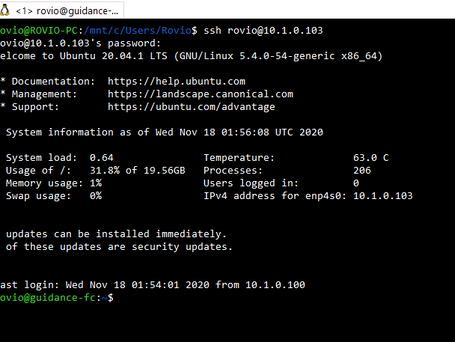
Active Guidance System
In summer 2020, the Georgia Tech Spaceport America Cup team started working on an active guidance system. Our team's goal for the Spaceport America Cup competition is to get as close to 30,000 feet altitude as possible. We thought keeping the rocket vertical for the whole duration of the flight would narrow down the possible altitude range.
For simplicity and mass savings, we decided to go with a canard system. I was in charge of sizing the system by analyzing data from previous launches. I wrote a MATLAB script that calculates the maximum torque, shear, and bending moments on the rocket which the guidance system would have to counteract at any given time. I applied rotation matrixes to the data to move from external reference frame to a rocket centered reference frame. This made computing and visualizing the dynamics for the guidance system simpler. Further, I applied a series of Kalman filters to reduce noise in the data. In addition to the work that I owned, the team also implemented circuits to reduce noise in sensor readings, created the first version of the flight computer software, made schematic of the system, and created a working IMU.
Although the Covid-19 pandemic slowed down the development of our guidance system, the team is looking to first test the system in Summer 2023.








